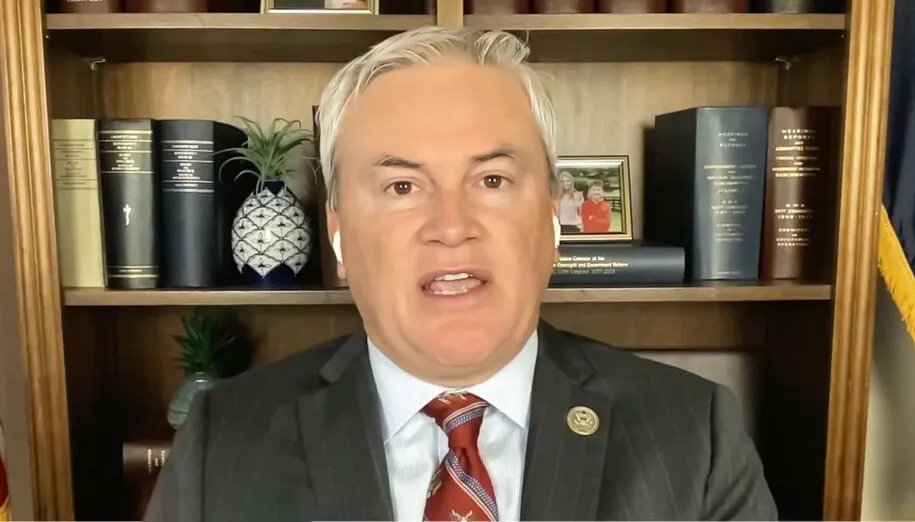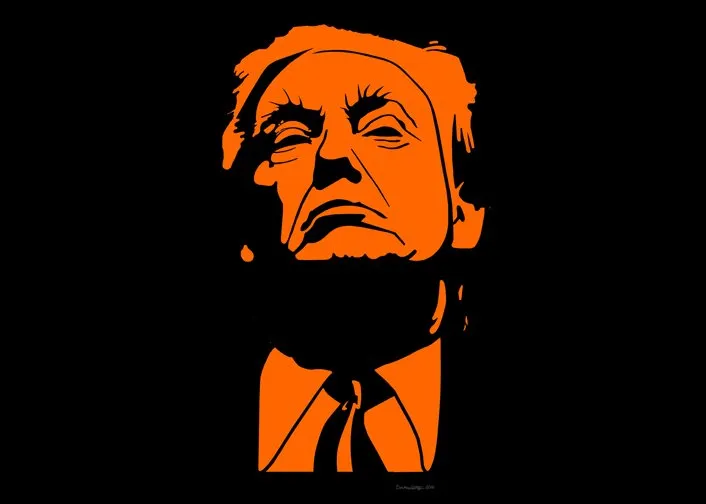As we listen to the debate about President Joe Biden’s Stimulus and Rescue COVID-19 bill, we can get some instruction by looking back in history.
His plan calls for bigger stimulus checks; more aid for the unemployed, the hungry, and those facing eviction; additional support for small businesses, state, and local governments; and increased funding for vaccinations and testing.
While a president has limited control over the economy, our economy has grown significantly faster under Democratic presidents.
Economics professors at Princeton, Alan Blinder and Mark Watson, write, “Since 1933, the economy has grown at an annual average rate of 4.6 percent under Democratic presidents and 2.4 percent under Republicans.”
Additionally, “the six presidents who have presided over the fastest job growth have all been Democrats – FDR, Truman, Kennedy, Johnson, Carter, and Clinton. Four of the presidents who have presided over the slowest growth have been Republicans – Eisenhower, George H W Bush, George W Bush, and Trump.” (US Bureau of Economic Analysis)
The pattern holds, even though their circumstances have differed.
- Some presidents, like Barack Obama and George W. Bush, took office when the economy was in a downturn.
- Harry Truman and Donald Trump inherited a growing economy.
- Lyndon Johnson and Ronald Reagan presided over military buildups.
- Dwight Eisenhower and Bill Clinton presided over military drawdowns.
So what are the most plausible explanations?
It’s not Congress. The pattern holds regardless of which party is running Congress. And, it is a myth that Democrats stimulate the economy by deficit spending and then leave Republicans to clean up the mess. In fact, over the last 40 years Republican presidents have run up larger deficits than Democrats. To listen to Republican rhetoric, one would think the opposite.
Republicans have often clung to theories that they want you to believe, that are actually nothing more than giveaways to their rich donors – the magical power of tax cuts and deregulation.
On the other hand, Democratic presidents have been students of history, and have been more willing to follow historical economic lessons about what policies strengthen the economy.
Democratic president Franklin Delanor Roosevelt’s “three Rs” in his New Deal programs are a template for a depressed economy:
- RELIEF: Giving direct aid to reduce the suffering of the poor and the unemployed.
- RECOVERY: Creating jobs and helping businesses grow by restarting the flow of consumer demand.
- REFORM: Reform of the financial system to ease the economic crisis, introducing permanent programs to avoid another depression, and insuring against future economic disasters.
FDR came to champion the ideas of John Maynard Keynes. In an economic downturn, when companies and households are caught in a vicious cycle of spending reductions, the government needs to step in and spend to stimulate the economy.
This Keynesian deficit spending theory has made Democratic presidents much more effective in responding to crises than Republicans. Republican Herbert Hoover was passive in the face of the Depression; George H.W. Bush was slow to fight the 1990-91 Recession; and George W. Bush was slow to begin fighting the 2007-9 Great Recession.
Michael Strain, economist at the American Enterprise Institute, said “in periods of economic distress Democrats are more concerned about jobs than Republicans.”
This past year has served as a case study. Donald Trump repeatedly downplayed the coronavirus pandemic, and the country suffered. The economy would have experienced a downturn no matter who was president, but the slow negligent response by the President and the Republican Senate aggravated this pandemic-driven recession.
Hence, Donald Trump became the first president since Herbert Hoover to preside over a decline in employment.
By default, Republicans have only one tool in their toolbox: large tax cuts for corporation and the wealthy.
Recent Republican tax cuts have had only a modest effect on the economy. GDP grew at virtually the same rate after the 2017 tax cut as before.
Another factor is that Democrat-leaning groups like labor unions and civil-rights organizations favor policies that target broad-based economic growth, while Republican-leaning groups like corporations and the wealthy favor policies that shift income toward themselves.
The pattern is clear. The American economy has performed much better under Democratic presidents than Republican.
So, history instructs us to give Joe Biden’s Stimulus and Rescue COVID-19 plan a chance to do what Democrats have always done: make the economy better for everyone and not just a few.
The pattern is clear. The economy performs much better under Democratic presidents than Republican. So, history instructs us to give Biden’s plan a chance to do what Democrats have always done: make the economy better for everyone and not just a few.Click To Tweet–30–
Comments








